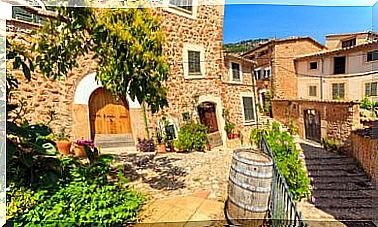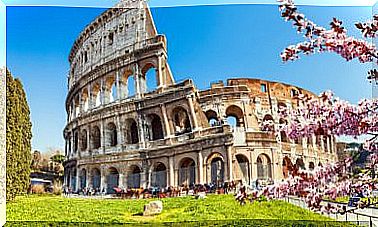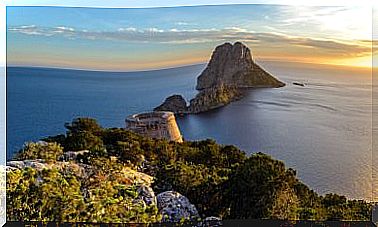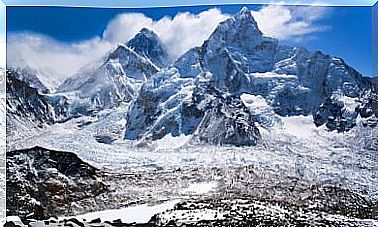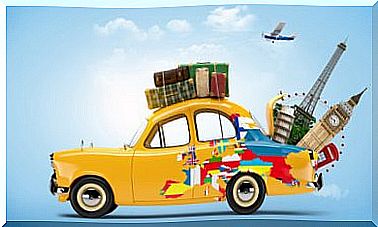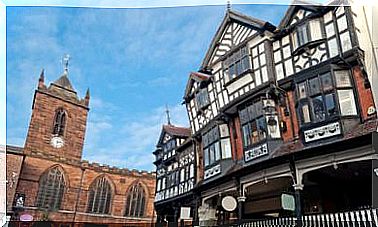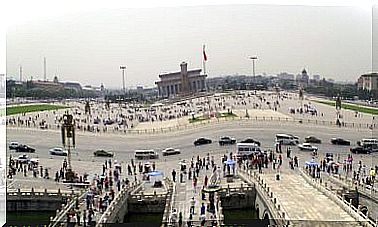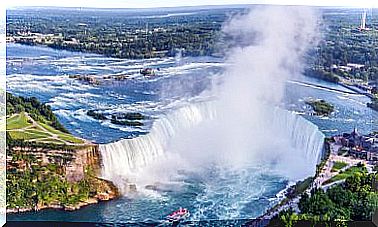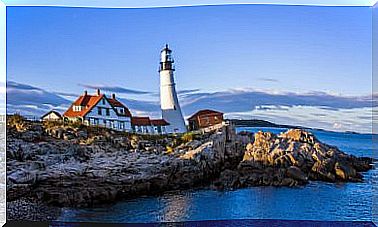We Discover The Roman City Of Herculaneum
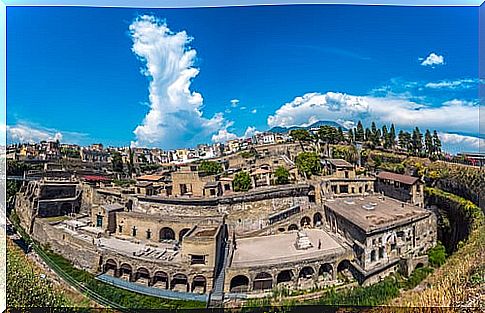
In southern Italy, Herculaneum was an ancient Roman city in the Campania region. Small in size, but with very wealthy and cultured inhabitants, it was buried by the ashes of the eruption of Vesuvius, just like Pompeii. After several excavations, today we can learn a little more about this town so important in its time.
What to see in Herculaneum ?
When Vesuvius erupted, the city of Herculaneum was the first to suffer the consequences. The high temperatures and lava scorched all the inhabitants, instantly turning them into bones.
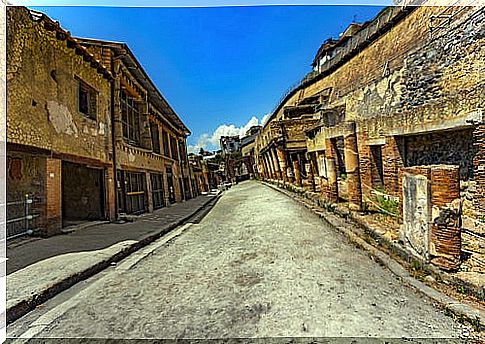
The first excavations began in the middle of the 18th century, when statues, wall paintings, ceramics and much more were found. Already in 1980 hundreds of skeletons were found that belonged to people of different ages and social conditions.
In the remains of Herculaneum you can still see many buildings that give us an idea of what the city was like in its heyday.
1. The Fornicis
It is a series of vaulted structures facing the beach that were used as warehouses and boat parking. Above was a large terrace. Here 300 bodies and various valuables such as jewelry and coins were found.
2. Suburban hot springs
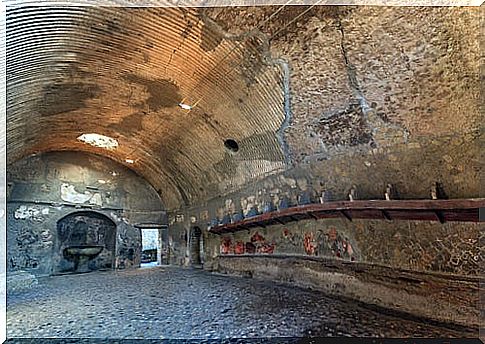
They were built in the 1st century AD between the sea and the city walls. After passing through a portal you entered the lobby. From there you could also enter a waiting room. It had an oven to heat the water and three thermal rooms (cold water, warm water and hot water).
3. Gym
It is known that the ancient Romans were very concerned about your aesthetics and your health. That is why it is not surprising that in Herculaneum there was a gym or Palestra where sports activities were carried out. With two terraces, a rectangular pond, and a series of rooms, this gymnasium also featured a marble altar for religious ceremonies.
4. Seat of the August Priests

Slaves who were freed could become priests to move up the social ladder. For this they had to attend a school of worship to the Emperor Augustus. The seat of Herculaneum was located near the Forum (which would be like the center of the city). It was a square building that preserves original frescoes on Hercules, Jupiter, Juno and Minerva.
5. Theater
It had a capacity for 2,500 spectators, was elegantly decorated and featured bronze statues representing the royal family and other important personalities. The stage was covered with marble.
6. House of the Grand Portal
It is known in this way due to its brick columns that give access to the house. It is believed that the house was built after an earthquake in 62 AD and that capitals from other constructions were used. Inside, the frescoes, a small patio and a wall that simulates a garden with his paintings stand out.
7. House of the mosaic of Neptune and Amphitrite
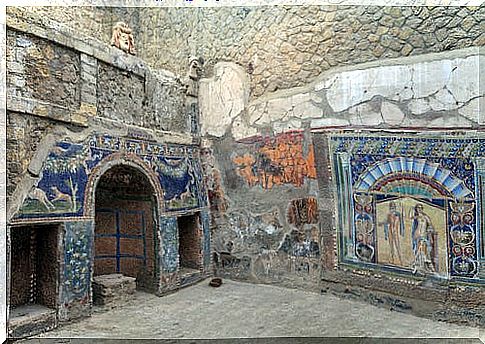
It is named after the large mural that decorates it on the eastern wall of the house and is made of glass paste. In addition, on the north wall there is a glass mosaic of shells crowned with theatrical masks in marble.
8. Villa of the Papyri
Herculaneum was a city of wealthy people, so it is not surprising that luxurious villas were found. The most prominent is to the northwest, with spectacular views of Vesuvius and which belonged to Julius Caesar’s father-in-law. It was baptized that way because it had a large library with almost 2000 scrolls of papyrus.
9. Thermopolium
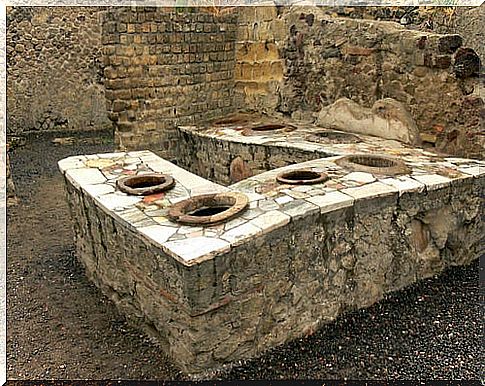
These establishments were like markets or warehouses where drinks and food were sold. Many people at that time had lunch away from home. They had a counter facing the street and an interior space for customers to sit down.
Wine amphorae, jars with fruits and containers with vegetables were found. One of the most prominent stores is the bakery, which preserves the molds for wheat cakes and two mills for crushing cereal.
10. House of the Frame of Wooden Frames
It was a rental house where several families lived. It had a balcony overlooking the street that rested on brick columns and whose access was in the room on the first floor. Inside, several remains of charred wooden furniture were found, such as beds and cabinets.
